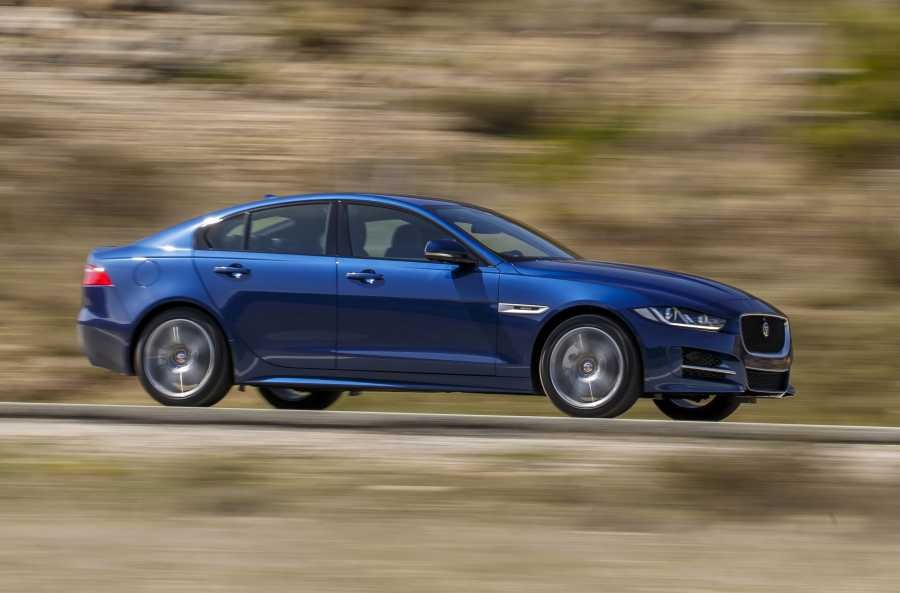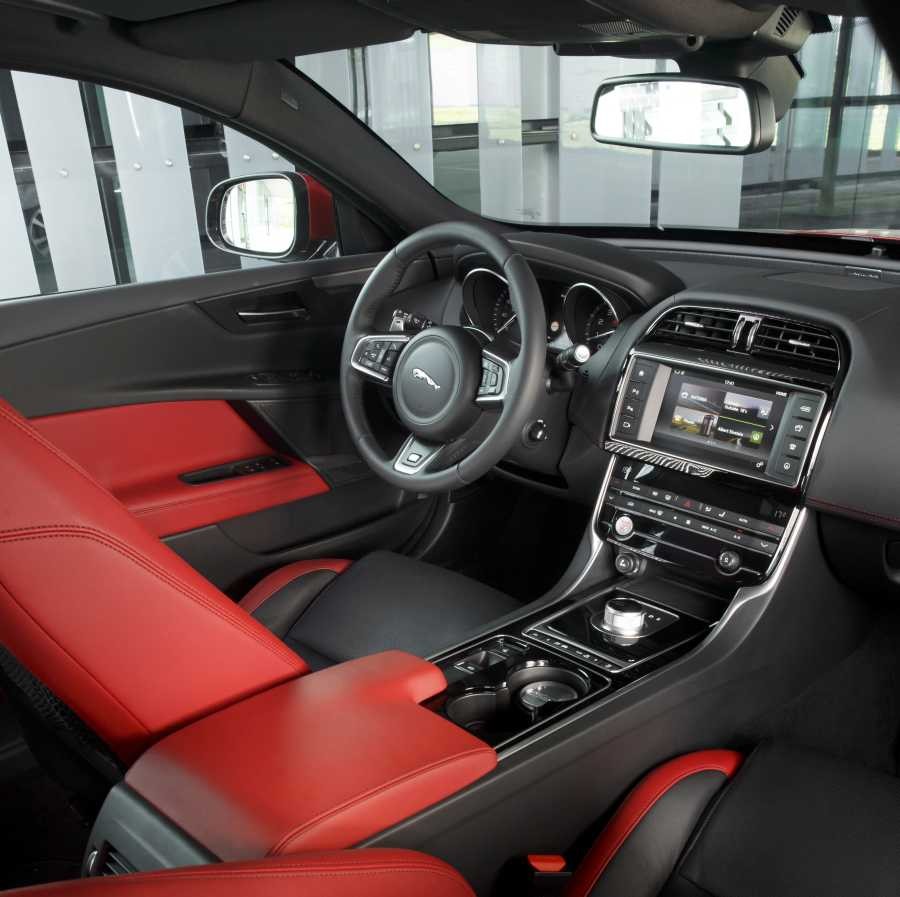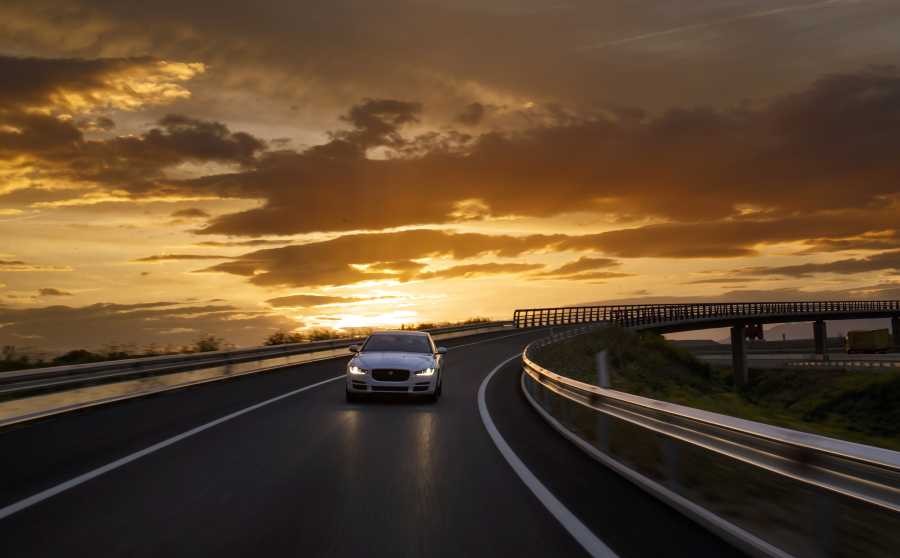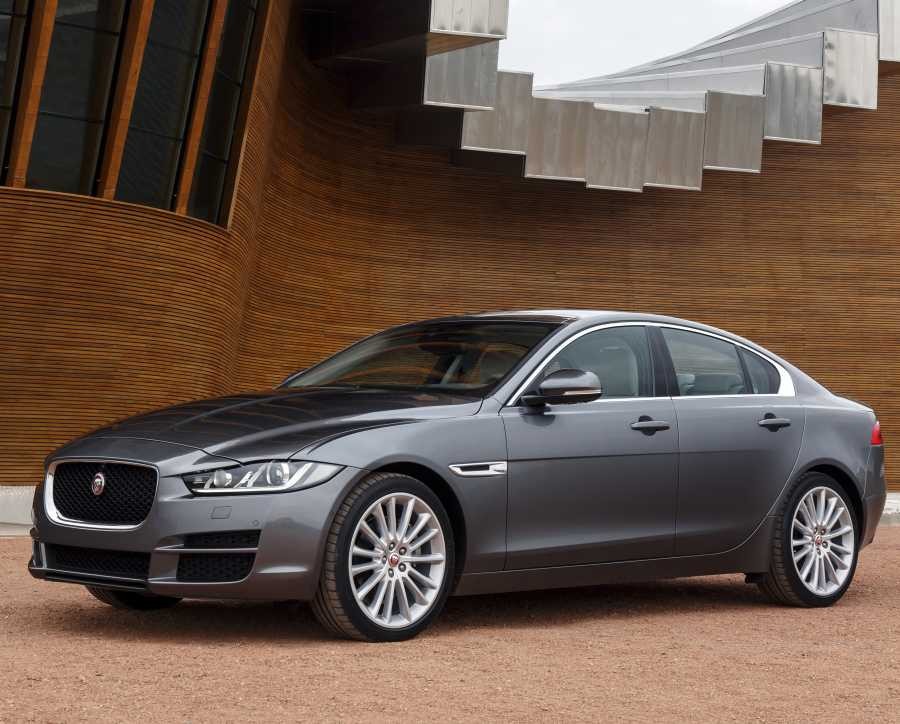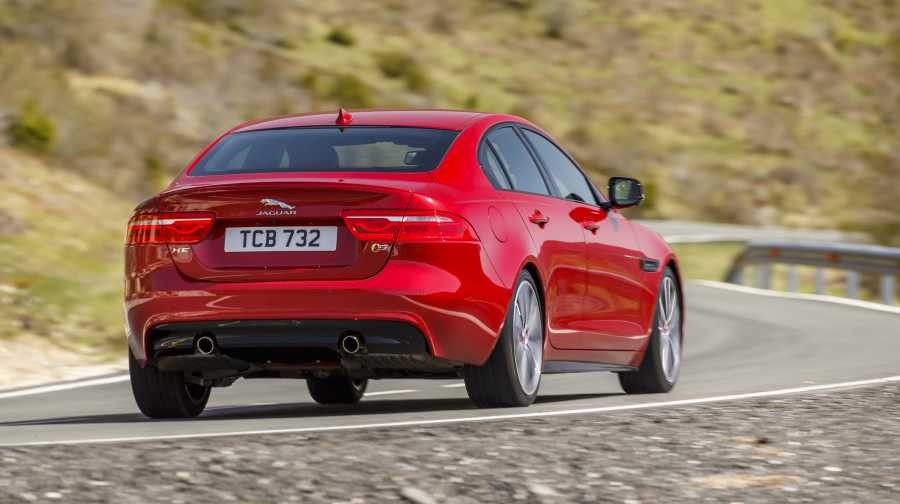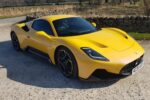Featured · First Drive · Jaguar · Reviews
Jaguar XE raises the stakes
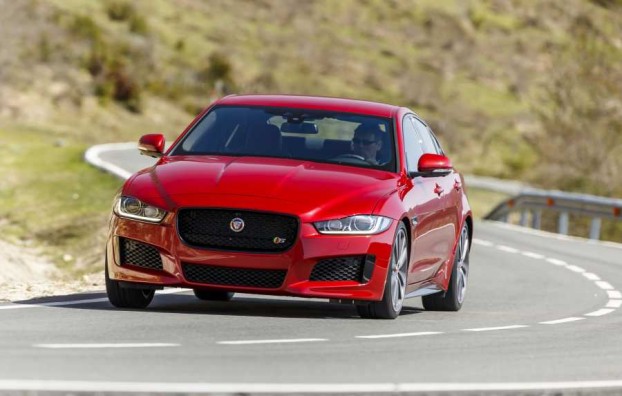
The stakes couldn’t be much higher for Jaguar’s new sports saloon the XE.
We’re talking serious numbers here, with upwards of £2 billion invested in this car and future models, plus the creation of 2,300 new jobs.
That’s not all. Jaguar is aiming to double its sales on the back of the XE – and that means going head to head with the prestige German trio of Audi A4, BMW 3 Series and Mercedes-Benz C-Class.
Paving the way for more newcomers from the Big Cat like the next generation XF and F-PACE sports crossover, the XE may be physically a lightweight but is burdened with a welter of expectation.
Over the coming weeks more than 700 international motoring scribes will put the XE through some exacting evaluation – and Car Review UK was among the first group to hit the road in northern Spain.
Jaguar makes no bones about declaring: “The XE will be THE driver’s car in its class” and points to 500,000 customer configurations online in the build-up to next month’s launch.
Everything about this car, which mark’s Jaguar’s return to the mainstream mid-size saloon scene for the first time since the X-Type was discontinued six years ago, is fresh – from the vehicle architecture to the manufacturing and engine plants.
It is also the lightest, stiffest and most aerodynamic Jaguar saloon ever built and the first from the brand to be equipped with electric power steering. It also boasts the lowest cost of ownership of any Jaguar.
Beneath the bonnet is a range of four and six cylinder petrol and diesel powerplants from the brand’s new Ingenium engine family, and six-speed manual and eight-speed automatic transmissions.
Ingenium forms the cornerstone of Jaguar’s future low CO2 strategy and the lower powered of the two 2.0-litre diesels combines economy of a claimed 75 miles per gallon with emissions that dip below the ton at 99g/km.
With a price tag of £26,990, the 200PS 2.0i XE SE automatic model kicks off a line-up that offers luxurious or more sporty trim across five different grades – SE, Prestige, Portfolio, R-Sport and S.
Diesels start at £29,775 for the 163PS 2.0D SE manual variant and the range tops out with the supercharged 340PS 3.0-litre S automatic – the same engine used by the Jaguar F-TYPE – at £44,865.
The test route, over the best part of 400 miles of spectacular Basque country around the towns of Pamploma and Vitoria, proved ideal for extracting the best from the XE – long straights, sweeping bends and some tight mountain hairpins, plus the bonus of practically no other traffic around.
A key element of the XE is the fact that it is built predominantly of aluminium, something pioneered by Jaguar over a period of years and necessary to achieve the best in ride quality, handling, economy and safety.
The low emissions and fuel figure of the 163PS diesel make a strong case for company car buyers and though this version was not available for testing, the 180PS variant with a return of 67.3mpg proved a revelation.
With a 0-60 time of 7.4 seconds, top speed of 142mph and 109g/km emissions it is a beautifully poised saloon with sweet, strong engine, tenacious road-holding and connected feedback from the chunky steering wheel.
I marginally preferred it to the 2.0 petrol equivalent, in higher powered 240PS guise, which looks, feels and performs as professionally as anything central Europe can muster – then trumps the lot of them on styling.
And the eight-speed auto transmission is so slick that you wouldn’t want to go back to manual, even though the six-speed offering is commendable.
Jaguar reserved the Circuito de Navarra, which hosts the FIA GT1 world championship, for evaluating the flagship 3.0-litre V6 models.
You think you can get within range of extracting the 0-60 in 4.9 seconds and 155mph top speed from this saloon flyer – available only in performance-focused S trim with race-inspired cabin – then an instructor takes over and not only shows how to really do it, but also exactly how accomplished the XE is.
A lengthy road route also confirmed the V6’s credentials, which are exceptional for a car that when considerately driven can return an average 35mpg.
It comes only with the auto box and paddle shift controls and features large front air intakes, chrome side vents, a discreet rear spoiler, red brake calipers and optional 20-inch forged alloy wheels.
Kit available across the XE range includes a laser operated head up display, automatic cruise control and a stereo camera system which will not only recognise road signs but also deliver added safety by giving lane departure alerts as well as providing emergency braking.
Technology from Land Rover is also being brought in to play to give the rear-wheel drive XE extra grip in slippery conditions.
That famous line from Jaguar founder Sir William Lyons that “all Jaguars have to look fast, even when they’re standing still,” may have become something of a cliché, but there’s no doubt in the case of the XE his successors have stuck to the letter of the law.
The XE is a real tour de force – rivals beware.

